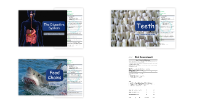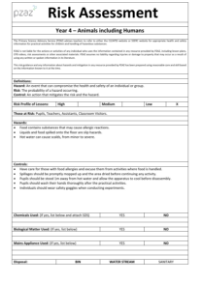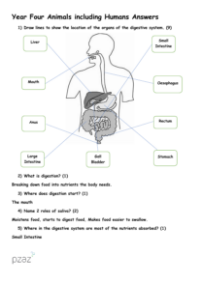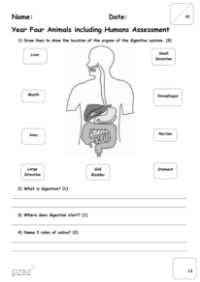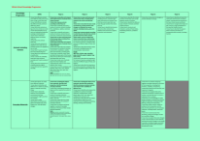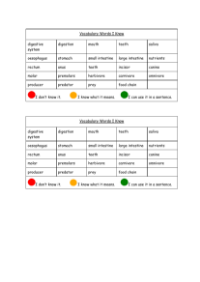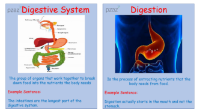Animals including Humans - Knowledge Organisers
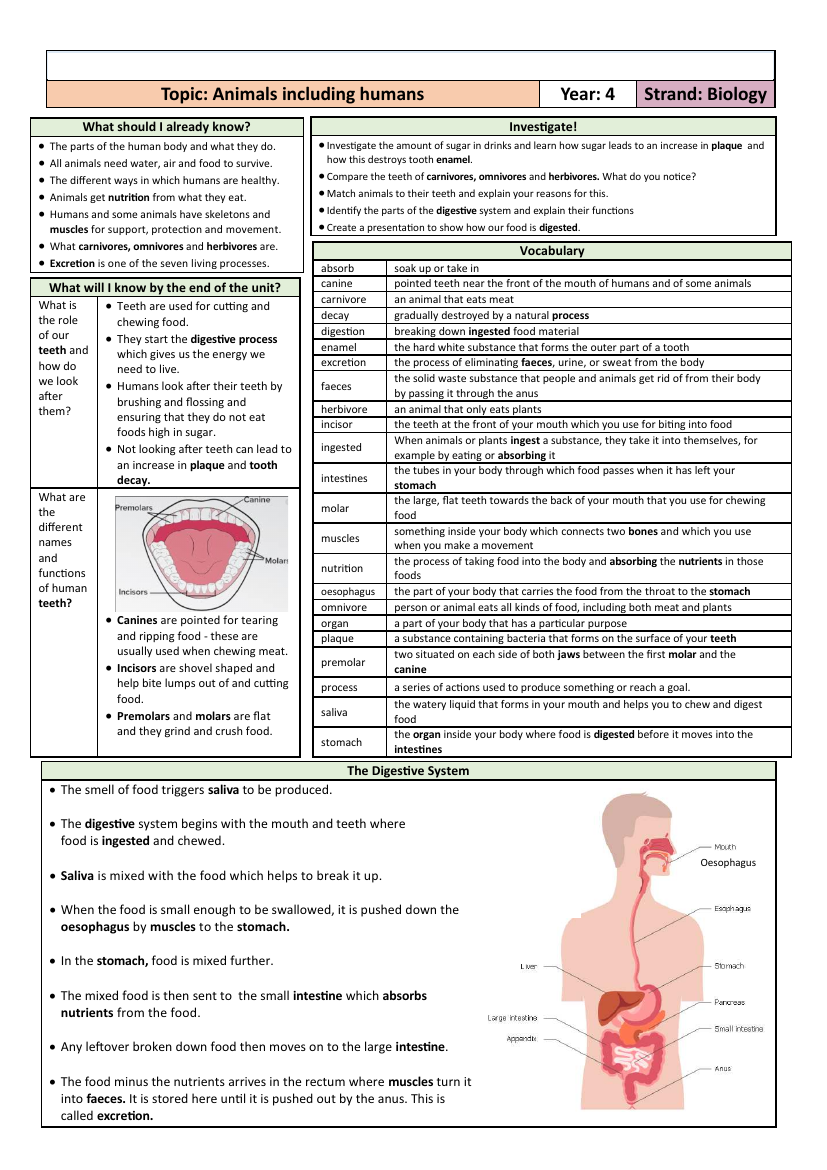
Science Resource Description
Before beginning the unit on Animals including Humans for Year 4 Biology, students should already be familiar with basic human anatomy and the functions of body parts. They should understand the necessity of water, air, and food for survival in all animals, and the various ways humans maintain health. Knowledge of how animals, including humans, derive nutrition from their diet, as well as the roles of skeletons and muscles in support, protection, and movement is expected. Students should also be aware of the dietary classifications of carnivores, omnivores, and herbivores, and recognize excretion as one of the seven life processes. The investigative part of the unit encourages students to explore the sugar content in drinks and its effect on dental health, to compare the teeth of different animals based on their diets, to match animals with their corresponding teeth, to identify and understand the digestive system's components, and to present how food is digested within the human body.
By the end of the unit, students will have a comprehensive understanding of the role and care of human teeth, including the importance of teeth for initiating digestion and the consequences of poor dental hygiene. They will learn the names and functions of different teeth, such as canines for tearing, incisors for cutting, and premolars and molars for grinding food. The digestive system's journey will be clear, from the mouth where saliva aids in breaking down food, through the oesophagus to the stomach, and finally through the intestines where nutrients are absorbed and waste is excreted. Vocabulary terms like 'absorb', 'canine', 'carnivore', 'decay', 'digestion', 'enamel', 'excretion', 'faeces', 'herbivore', 'incisor', 'ingested', 'intestines', 'molar', 'muscles', 'nutrition', 'oesophagus', 'omnivore', 'organ', 'plaque', 'premolar', 'process', 'saliva', and 'stomach' will be clearly defined and understood in the context of biology. Additionally, students will engage in activities such as sequencing digestive system events, identifying bacteria-containing substances on teeth, understanding life processes related to waste expulsion, labeling types of teeth, discussing dental care methods, and distinguishing between the skulls of carnivores, omnivores, and herbivores.

